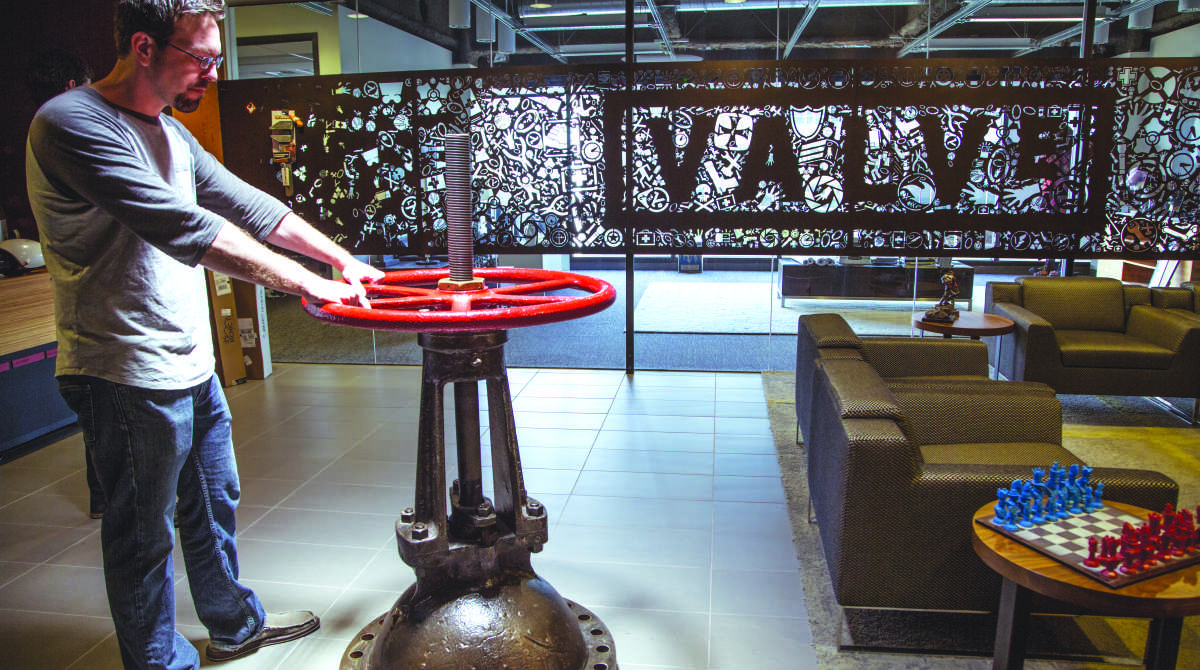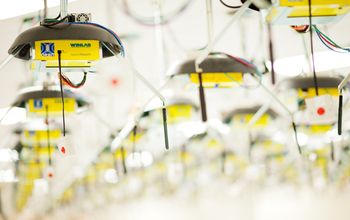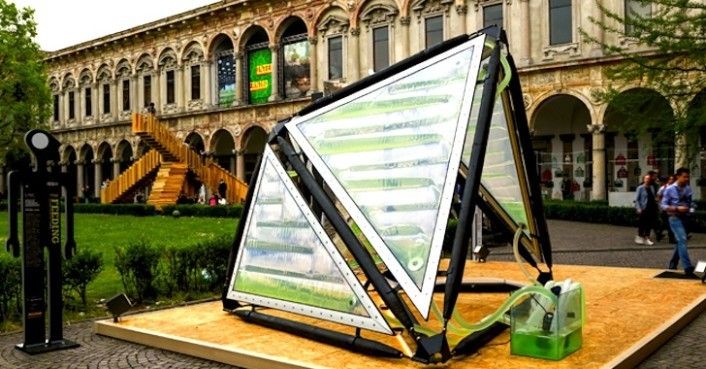Interesting story on VR.
How did a traditional gaming software company end up creating arguably the most cutting-edge VR hardware on the market, the HTC Vive?


As far as the whole mind-to-computer thing I totally agree.
The name of the game, for me at least, when it comes to this type of thing is continuity of consciousness. Without that you are nothing more than a copy of another person, not the person themselves. That said, if there were to be a very, very slow process where your natural neurons are replaced by artificial ones, with both types working together seamlessly, THEN I’d be first in line.
The future looks bright, except when it doesn’t. Here are 10 exceptionally regrettable developments we can expect in the coming decades.
Listed in no particular order.
1. Virtually anyone will be able to create their own pandemic
Earlier this year, Oxford’s Global Priorities Project compiled a list of catastrophes that could kill off 10 percent or more of the human population. High on the list was a deliberately engineered pandemic, and the authors warned that it could happen in as few as five years.


Click on photo to start video.
This spray makes things almost indestructible.


NEW DELHI — Russia has offered its nuclear aircraft carrier, dubbed “Storm,” to India for purchase, a senior Indian Navy official said. The offer comes as India and the US discuss the transfer of technology for India’s future nuclear aircraft carrier, the INS Vishal.
A diplomat with the Russian Embassy confirmed that a Russian team visiting India last week made the offer.
Krylov State Research Center (KSRC), a Russian shipbuilding research and development institute, is designing the carrier, also known as Shtorm or Project 23000E.

The Urban Algae Canopy by ecoLogic Studio is a piece of bio-digital architecture that combines micro-algal cultures and real time digital cultivation protocols. To be displayed at Expo Milano 2015, the structure is able to control the flow of energy, water and carbon dioxide based on weather patterns, visitor’s movements, and other environmental variables. It’s the first of its kind in the world, and once fully completed, the canopy will be able to produce the oxygen equivalent of four hectares of woodland, along with nearly 330 pounds of biomass per day.
Remember when you were told not to play with strangers? In 2016, everything has changed.